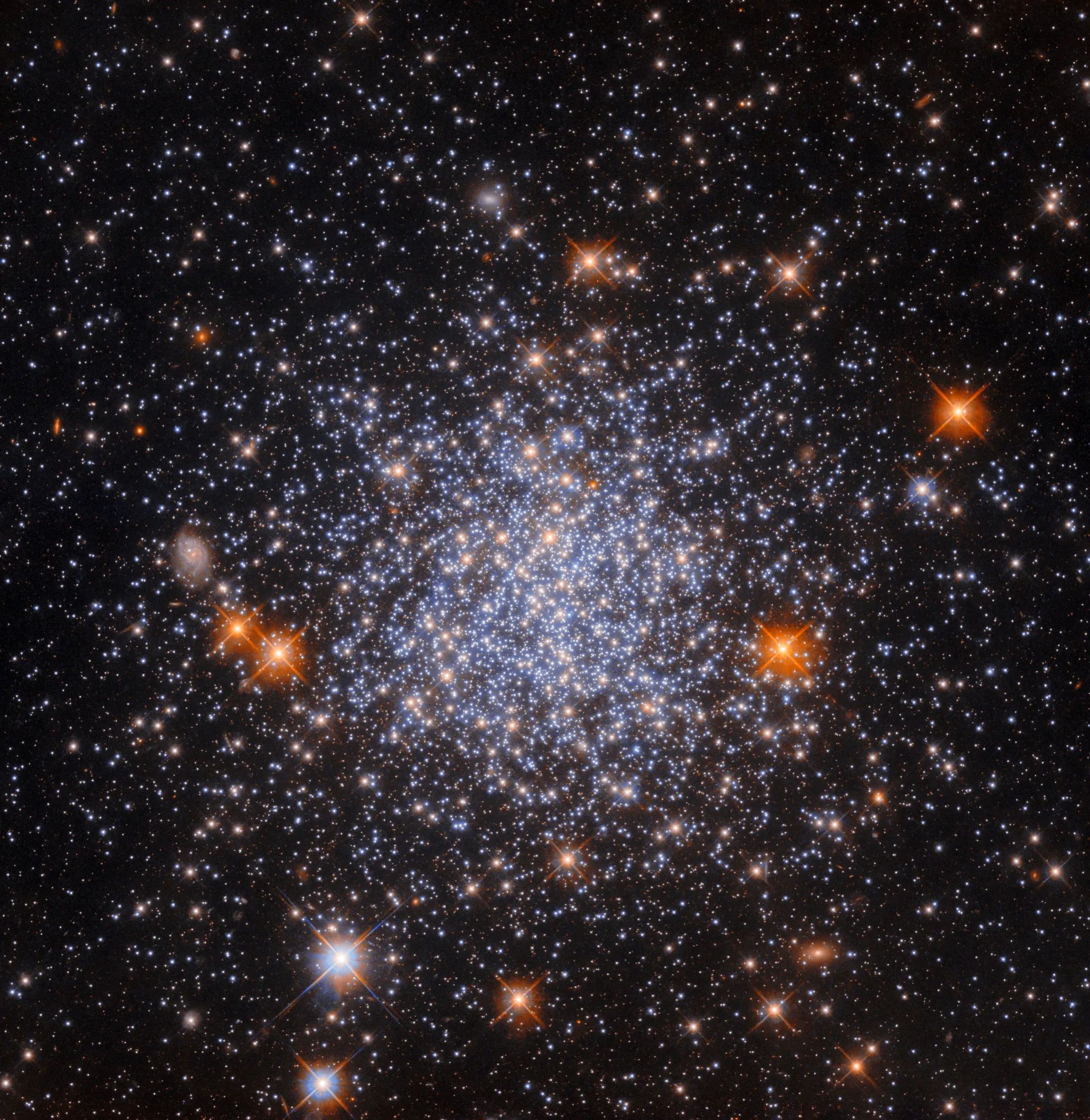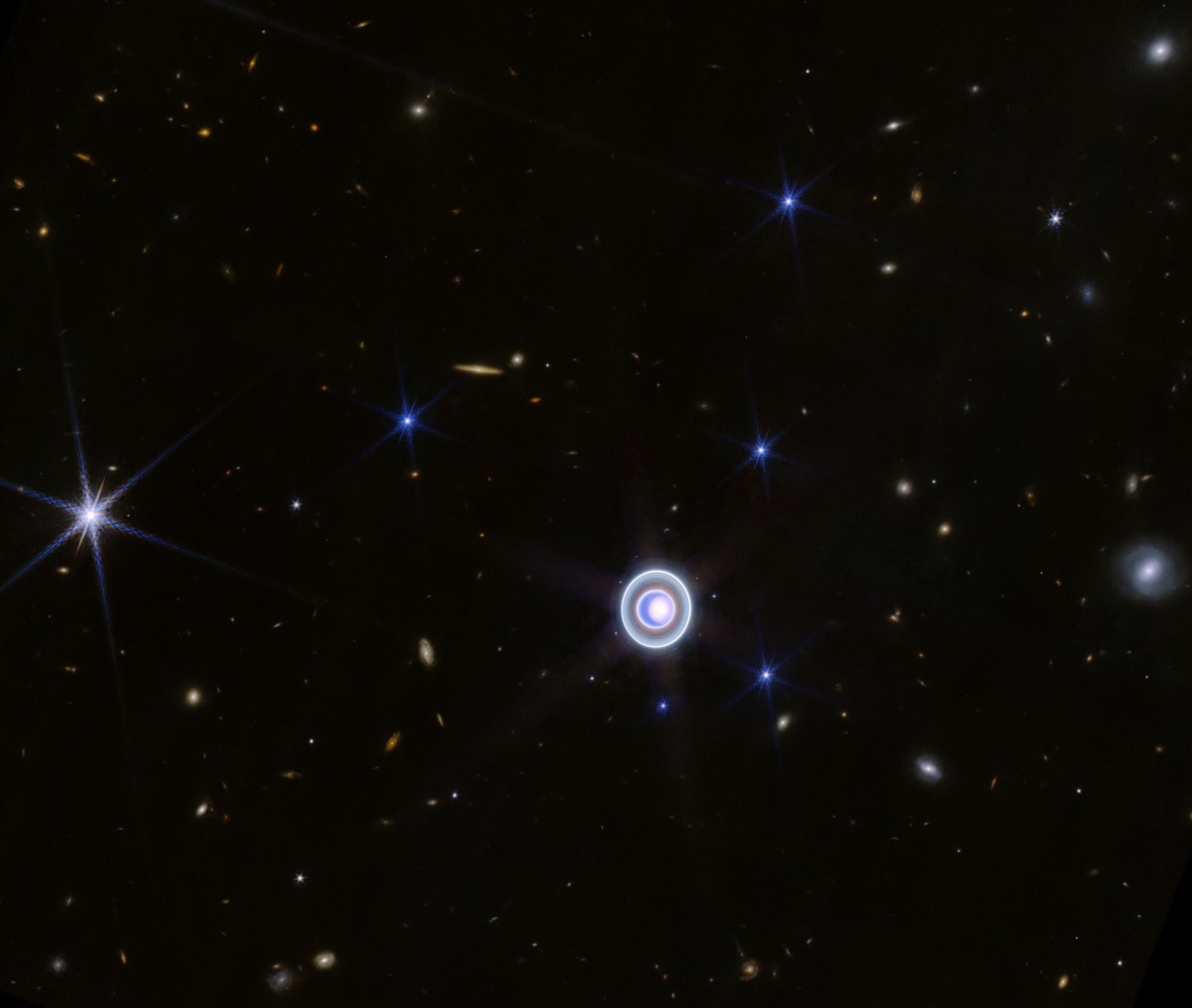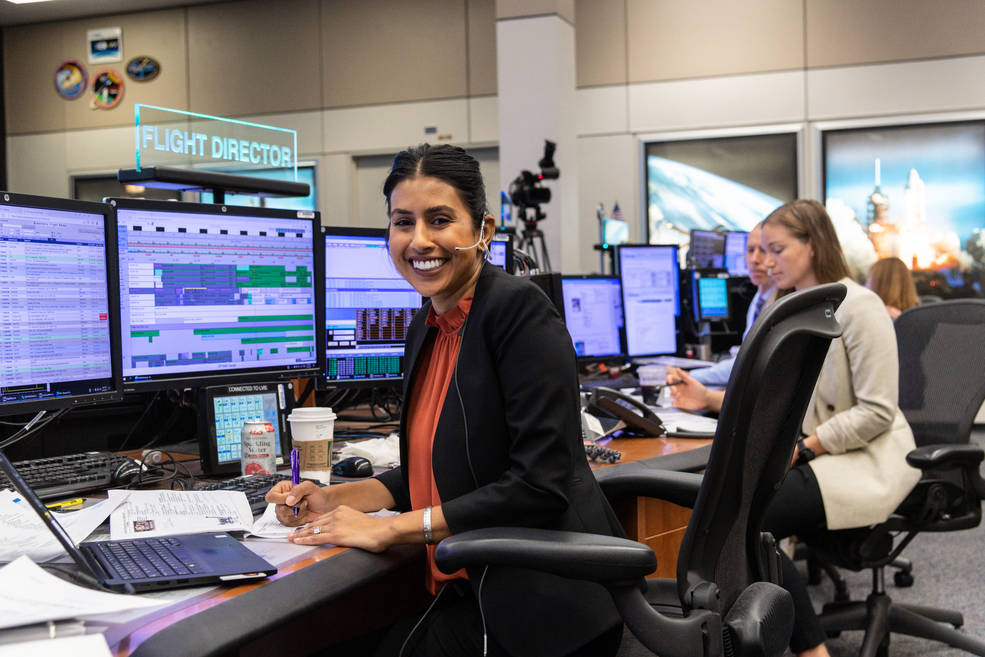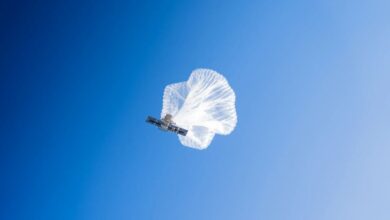NASA’s SpaceX Crew-7 Completes Scientific Mission on Space Station

After months aboard the International Space Station, NASA’s SpaceX Crew-7 is returning to Earth. NASA astronaut Jasmin Moghbeli and Roscosmos cosmonaut Konstantin Borisov each completed their first spaceflight. JAXA (Japan Aerospace Exploration Agency) astronaut Satoshi Furukawa and ESA (European Space Agency) astronaut Andreas Mogensen each completed their second spaceflight.
During their time on the station, Crew-7 conducted science experiments and technology demonstrations to benefit people on Earth and prepare humans for future space missions. Here’s a look at some scientific milestones accomplished during their mission:
Download full-resolution versions of all photos in this article.
The Human Body in Space
ESA (European Space Agency) astronaut Andreas Mogensen processes blood samples for the Immunity Assay investigation, which monitors the impact of spaceflight on immune function. Prior to the experiment, scientists could only test the immune function before and after flight. Taking samples while on station provides scientists a clearer assessment of changes to the immune system during spaceflight.
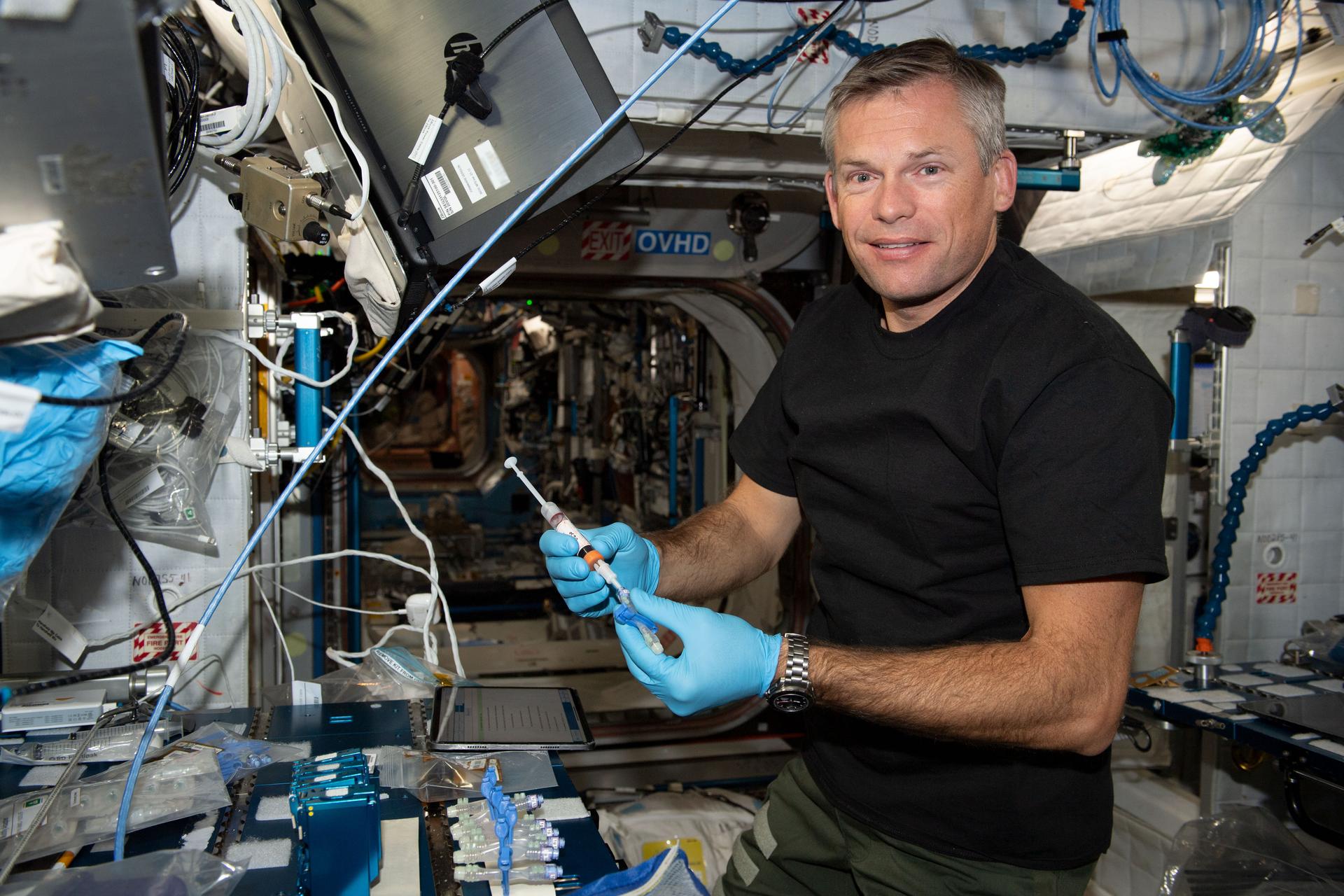
NASA
Since physiological changes in microgravity can resemble how the human body ages on Earth, scientists can use the space station for age-related studies. NASA astronaut Jasmin Moghbeli collects cell samples inside the Life Science Glovebox for Space AGE, a study to understand how microgravity-induced age-like changes affect liver regeneration. Results could boost our understanding of aging and its effects on disease mechanisms.
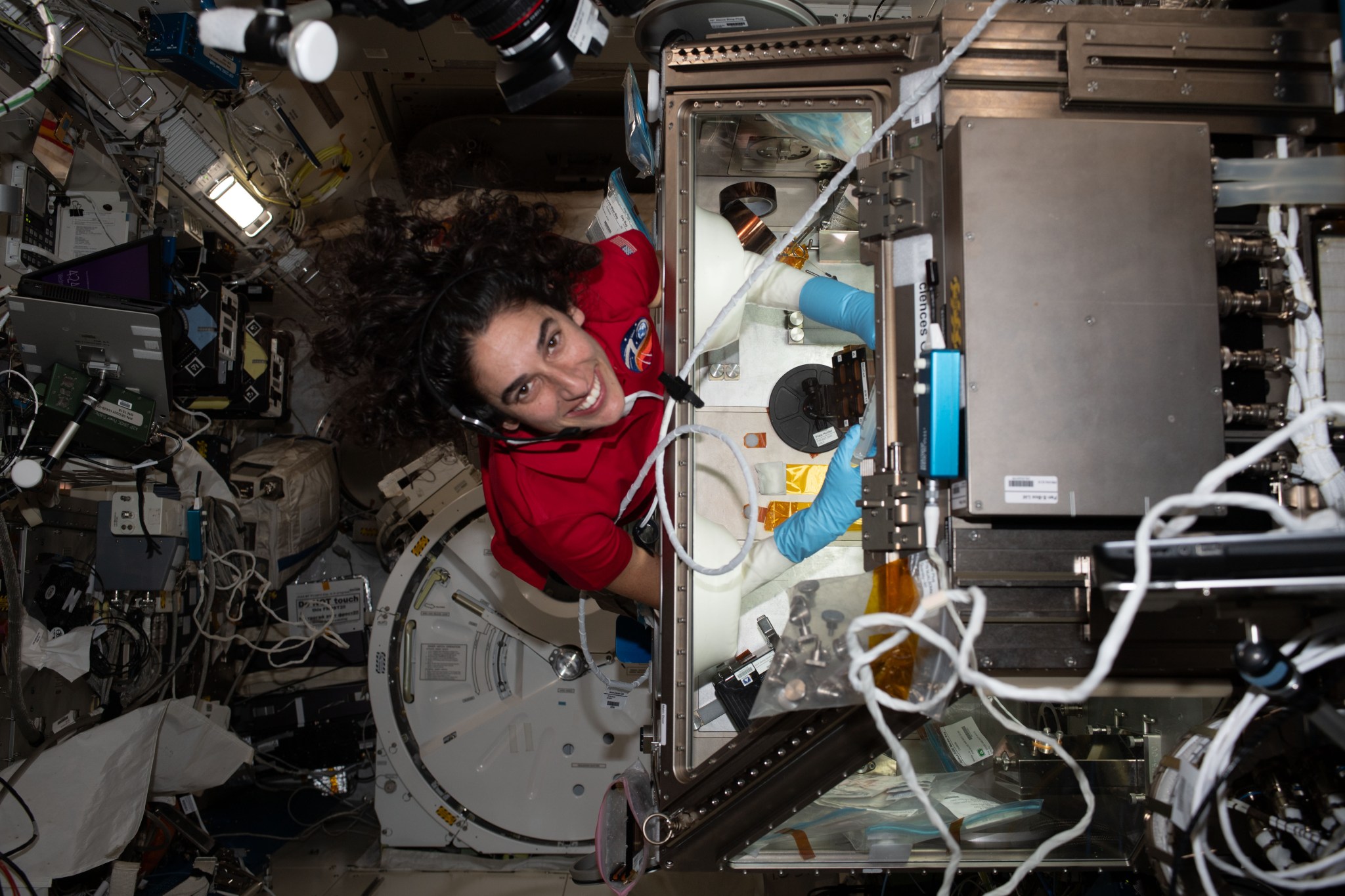
NASA
JAXA (Japan Aerospace Exploration Agency) astronaut Satoshi Furukawa exercises with ARED Kinematics, a device that mimics forces generated when lifting free weights on Earth. The experiment assesses the current exercise programs on station to understand the most effective countermeasures to maintain muscle and bone strength.
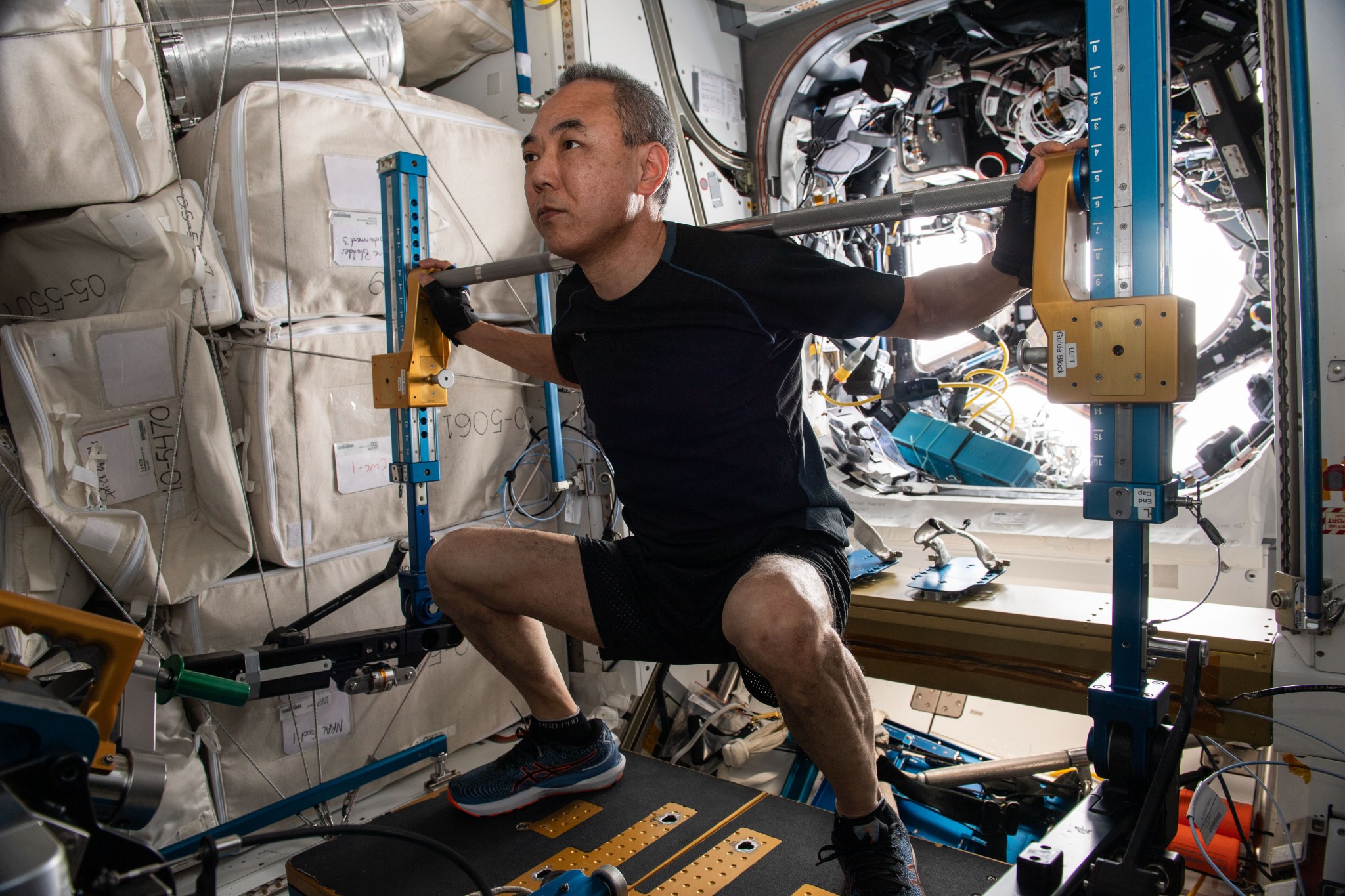
NASA
Safe Water
ESA (European Space Agency) astronaut Andreas Mogensen works on ESA’s Aquamembrane-3 technology demonstration, which tests a special membrane to eliminate contaminants from wastewater. The membrane incorporates proteins called aquaporins, found in biological cells, and may be able to filter water using less energy. An aquaporin membrane-based system could improve water reclamation and reduce materials needed for future deep space missions.
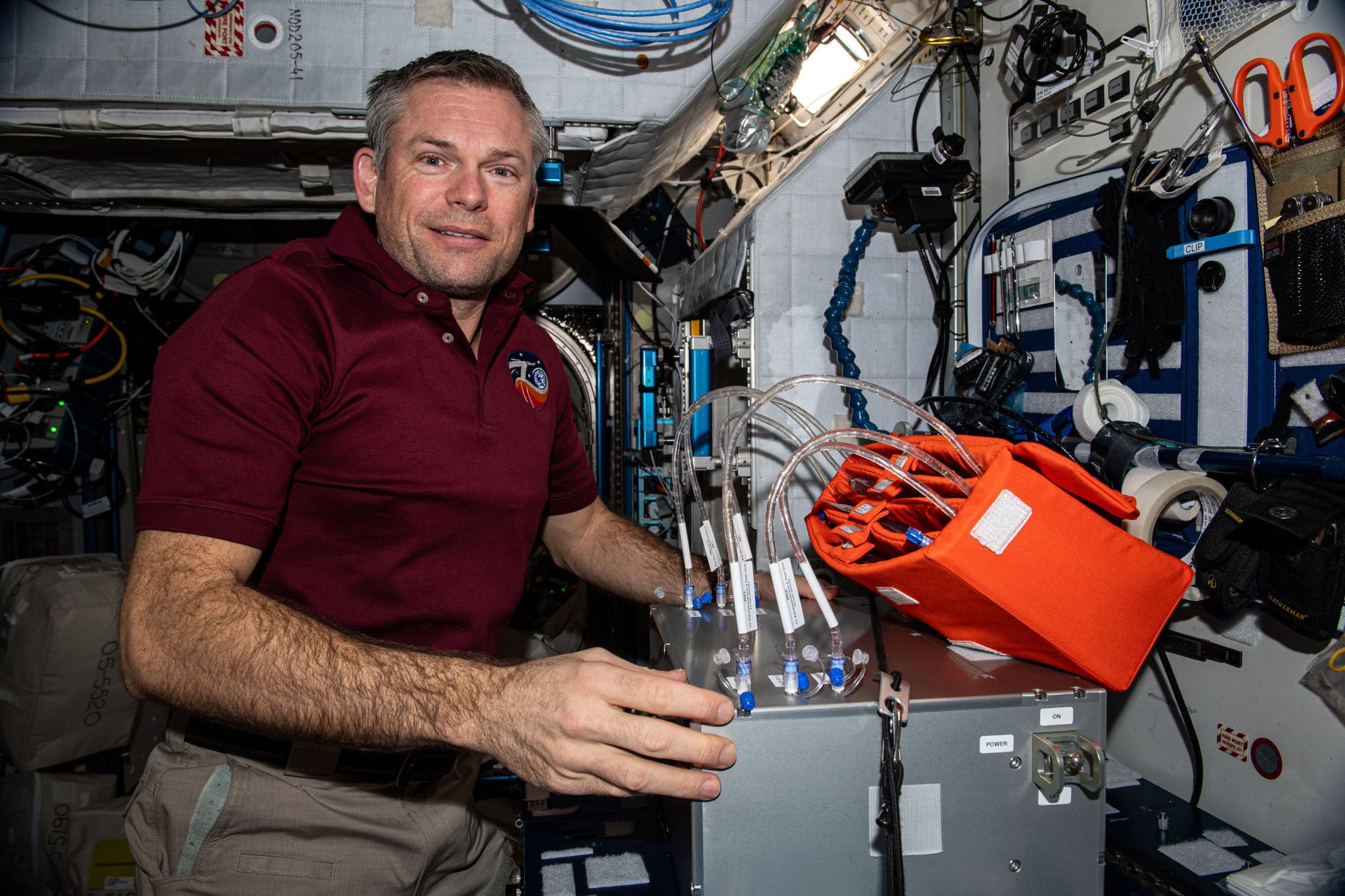
NASA
NASA astronaut Jasmin Moghbeli prepares a water sample for DNA sequencing using the EHS BioMole Facility, a technology demonstration used to monitor microbes in water samples aboard a spacecraft. Future exploration missions will need to analyze water to ensure it is safe for crews to drink while far from Earth.
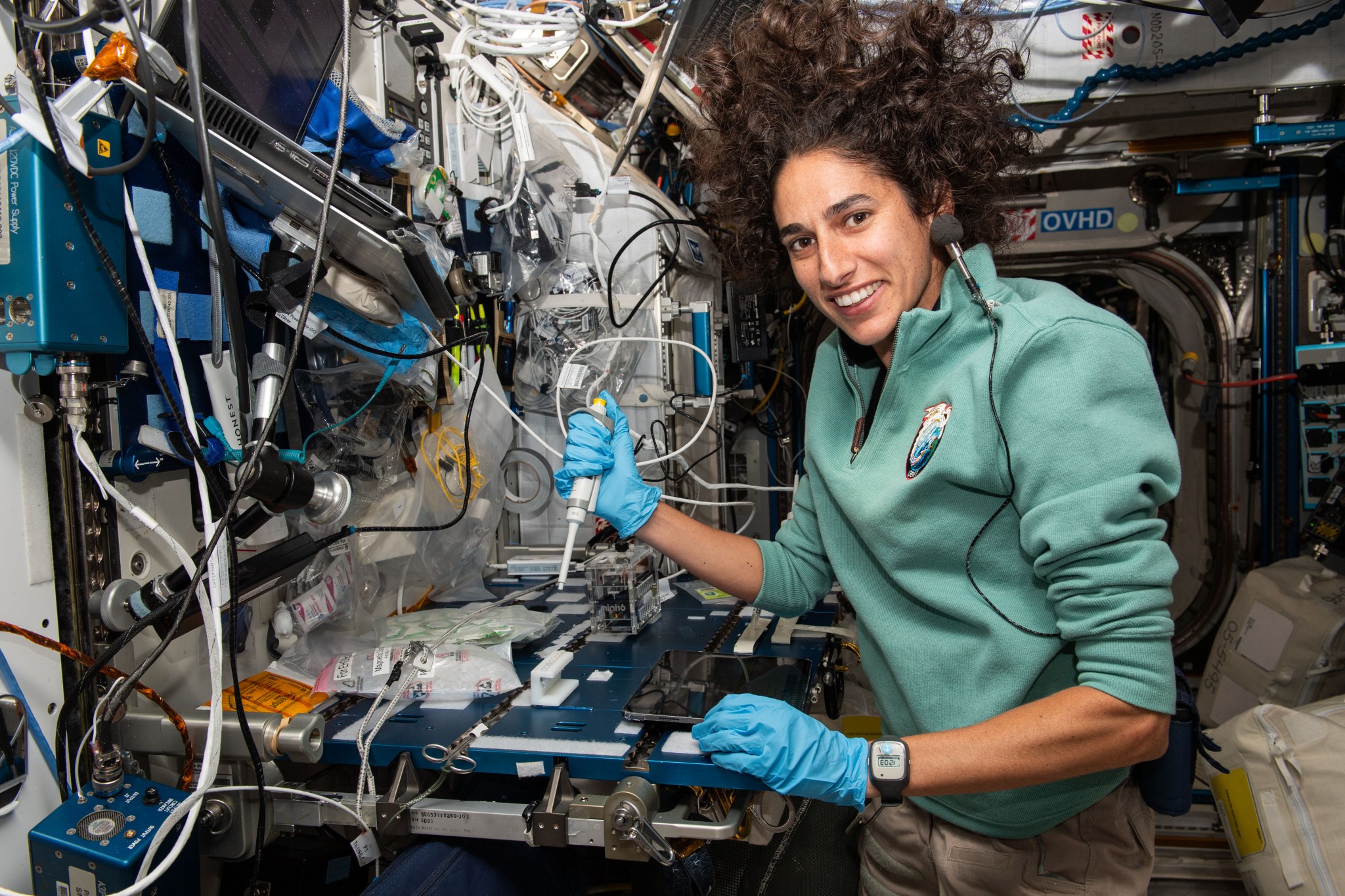
NASA
Growing Food on Station
Tomato seedlings sprout in the space station’s Advanced Plant Habitat. At the beginning of Crew-7’s mission, Plant Habitat-03 wrapped up a months-long experiment that tests whether epigenetics are passed to subsequent generations. Epigenetic changes involve the addition of extra information to DNA, which regulates how genes turn on or off but does not change the sequence of the DNA itself. Crew-7 also grew tomatoes for Plant Habitat-06, which investigates how the plant immune functions adapt to spaceflight and how spaceflight affects plant production.
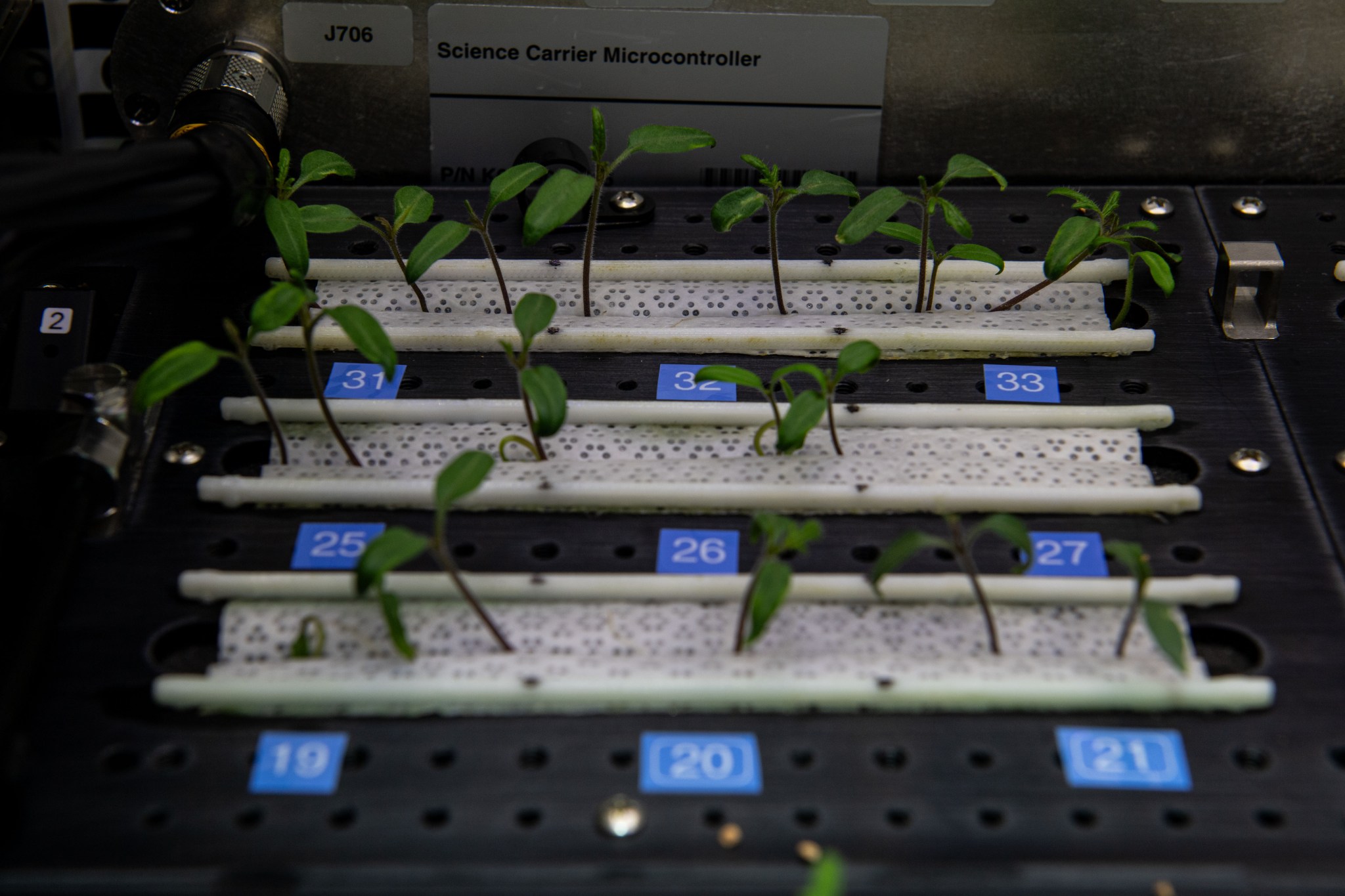
NASA
BioNutrients completed five years of demonstrating technology to produce nutrients on demand aboard the space station. Since vitamins can degrade over time, the investigation used engineered microbes to test generating fresh nutrient supply for future long-duration missions.
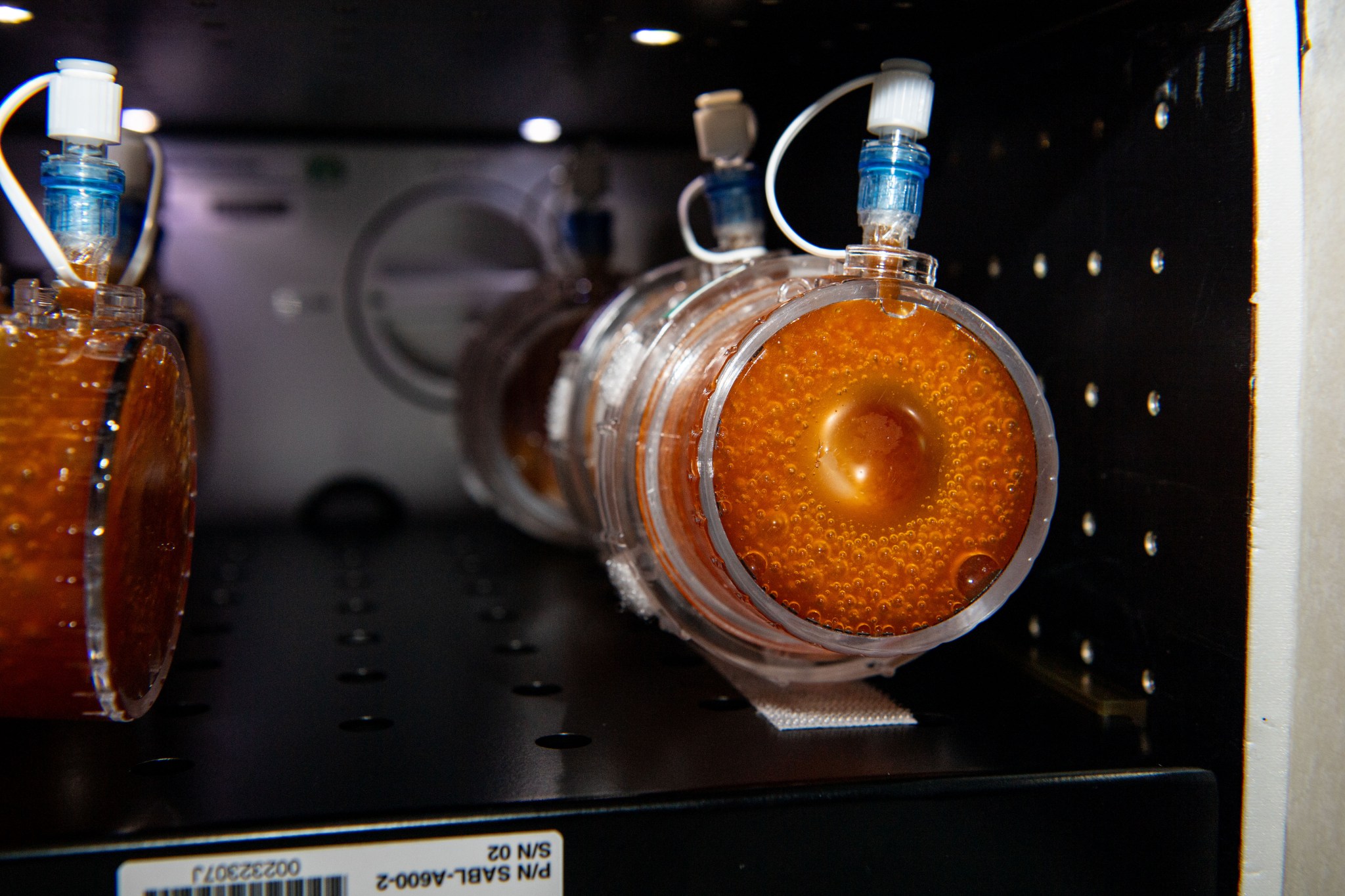
NASA
Outside the Station
JAXA (Japan Aerospace Exploration Agency) astronaut Satoshi Furukawa retrieves MISSE-17 hardware after the experiment spent six months outside the station. MISSE experiments expose materials and organisms to the space environment to analyze performance and durability. Crew-7 installed MISSE-18, which houses several materials including printed quantum dots arrays used to make a miniaturized and ultra-compact spectrometer.
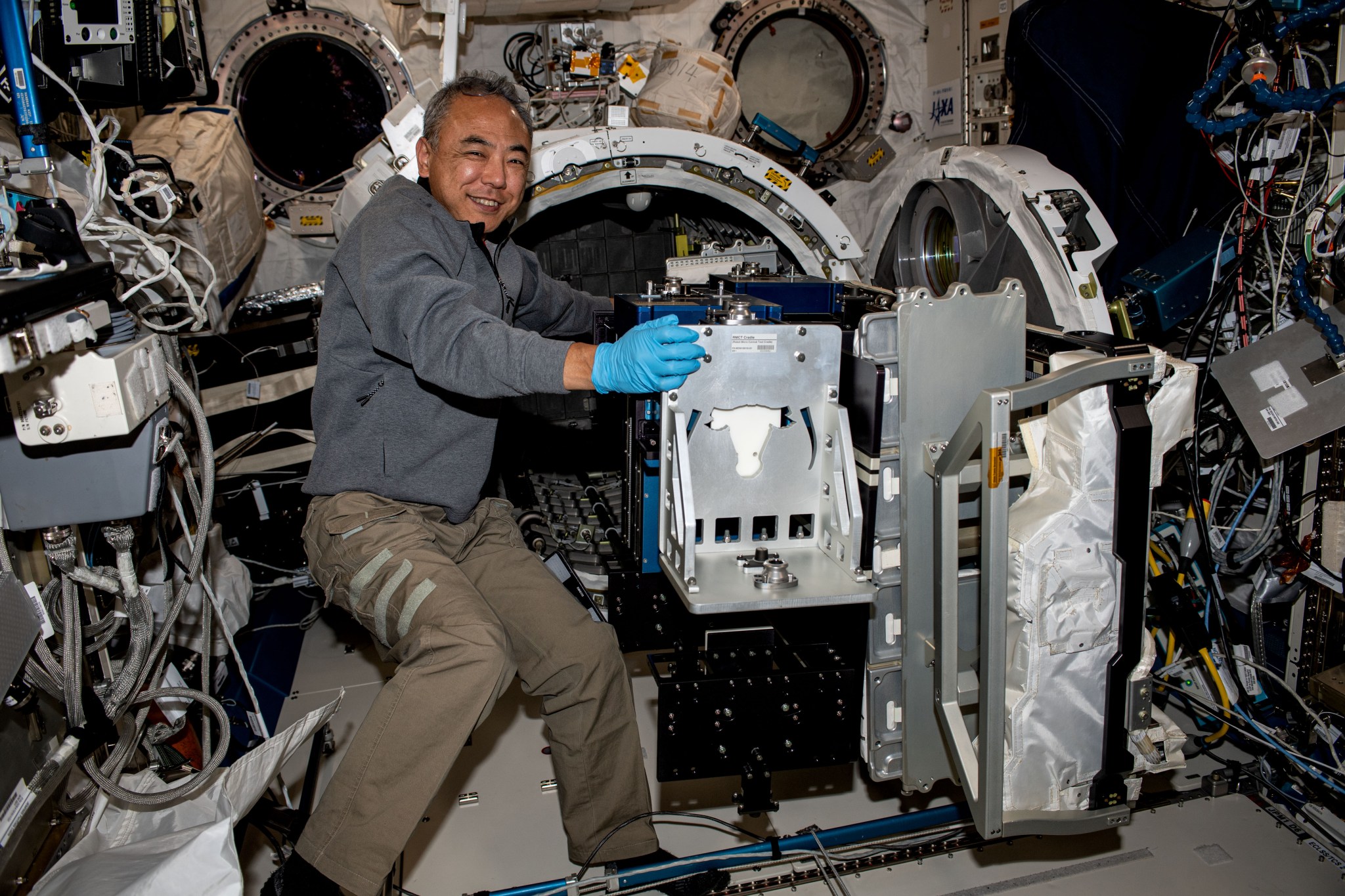
NASA
CubeSats deployed from the space station are a lower-cost alternative to traditional satellites. Crew-7 deployed two CubeSats from Japanese schools, including BEAK CubeSat, which tests novel technologies for future nano-sized planetary probes and Clark sat-1, which transmits voice and imagery data to ground control stations on Earth.
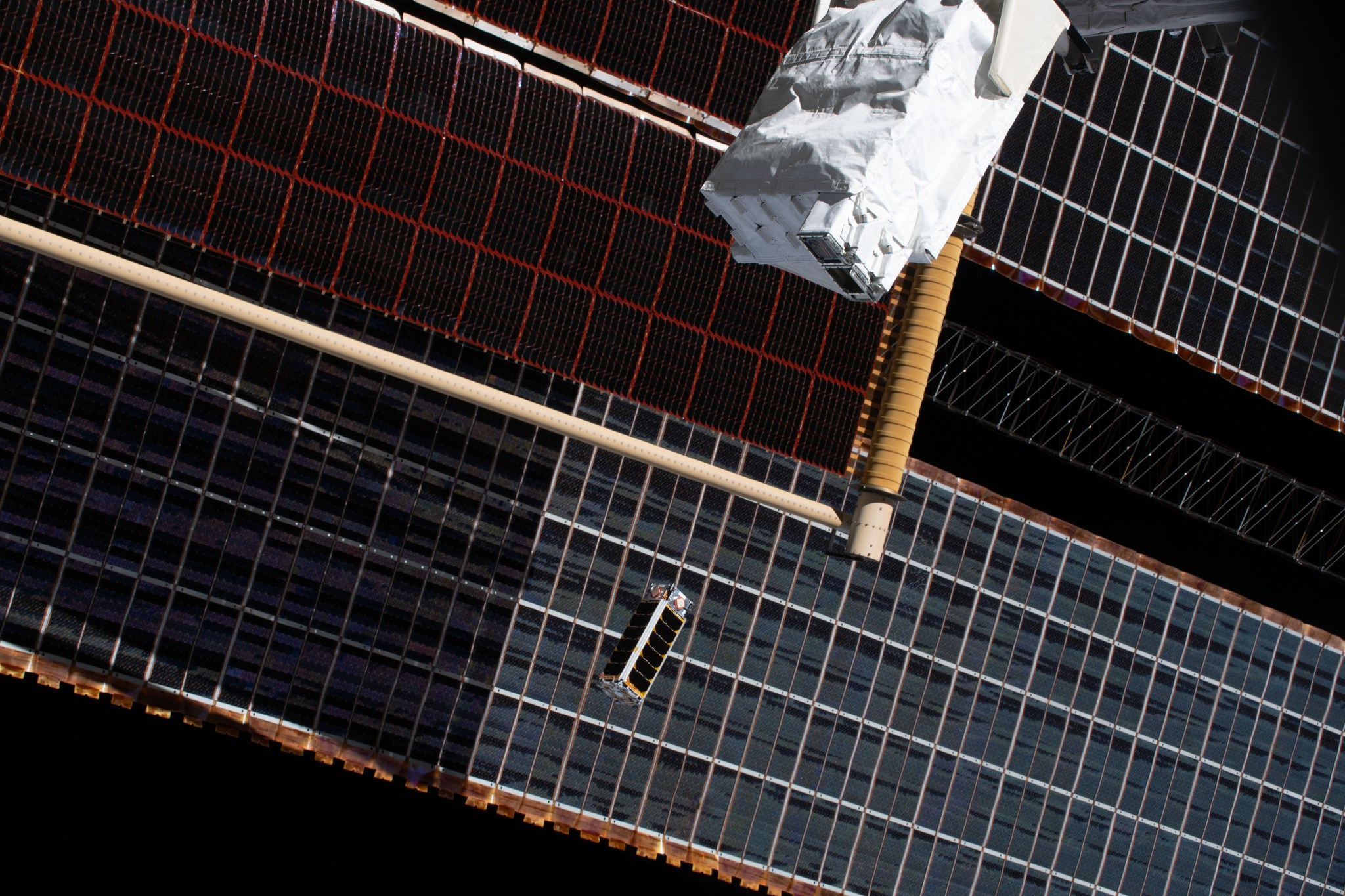
NASA
Picture Perfect
Using handheld digital cameras, astronauts capture images of the Earth below. This imagery is used by researchers across disciplines from glaciology to ecology. A Crew-7 member captured this image of the Aladaghlar Mountains in northwest Iran, where the convergent boundary of the Arabia and Eurasia tectonic plates created folds in the landscape over millions of years.
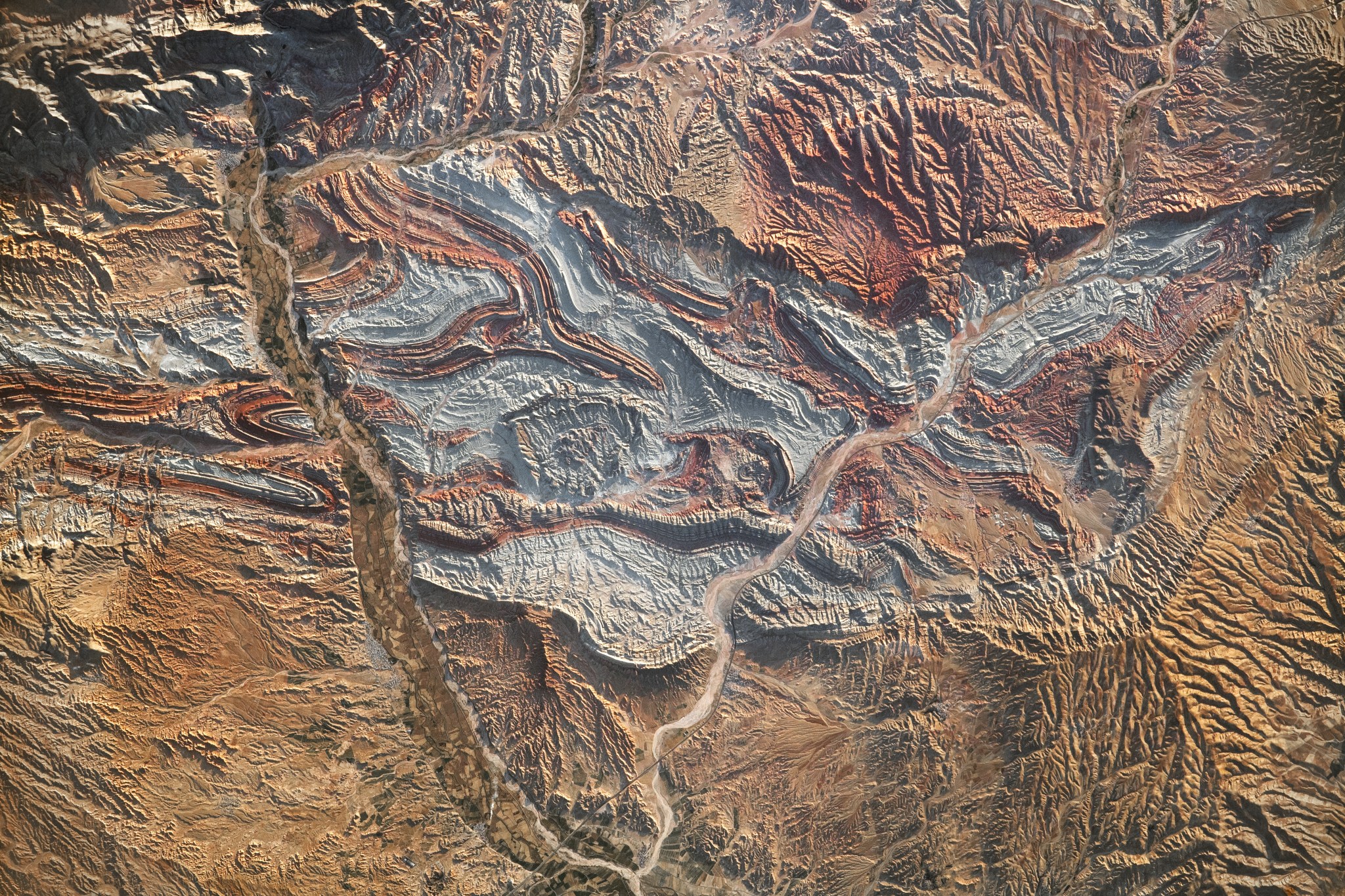
NASA
These bright red streaks above a thundercloud on Earth are a rare phenomenon known as red sprites. Red sprites happen above the clouds and are not easily studied from Earth. This image was captured on the space station with a high-speed camera for the Thor-Davis experiment. Imagery collected from the station is instrumental in studying the effects of thunderstorms and electrical activity on Earth’s climate and atmosphere.
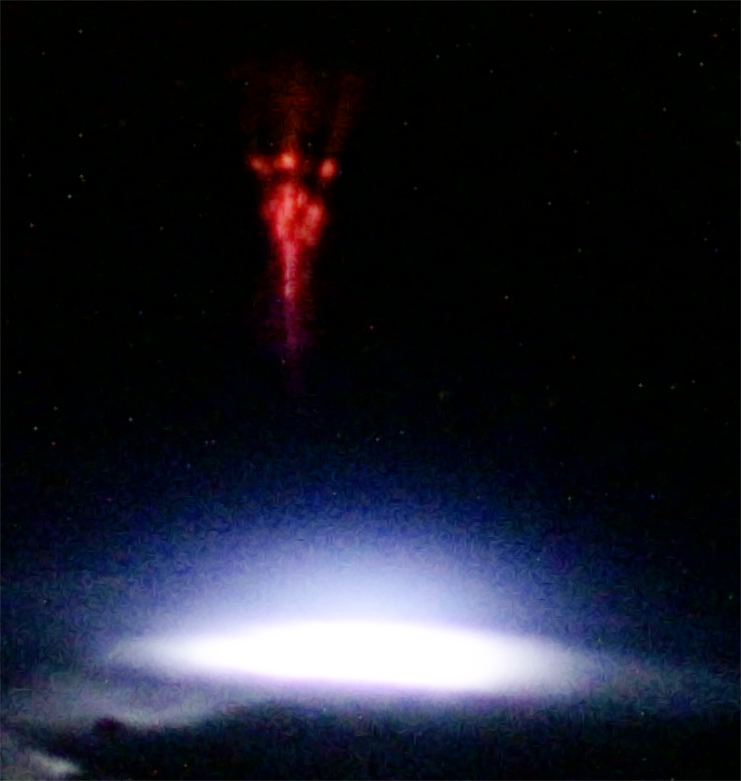
ESA
Biology on Station
Recent spaceflight experiments found individual animal cells can sense the effects of gravity. Cell Gravisensing investigation from JAXA (Japanese Aerospace Exploration Agency) seeks to understand how cells can do this. JAXA astronaut Satoshi Furukawa uses a microscope to examine cells during spaceflight and document cell responses to microgravity. Understanding the mechanisms of cell gravity sensing could contribute to new drug development.
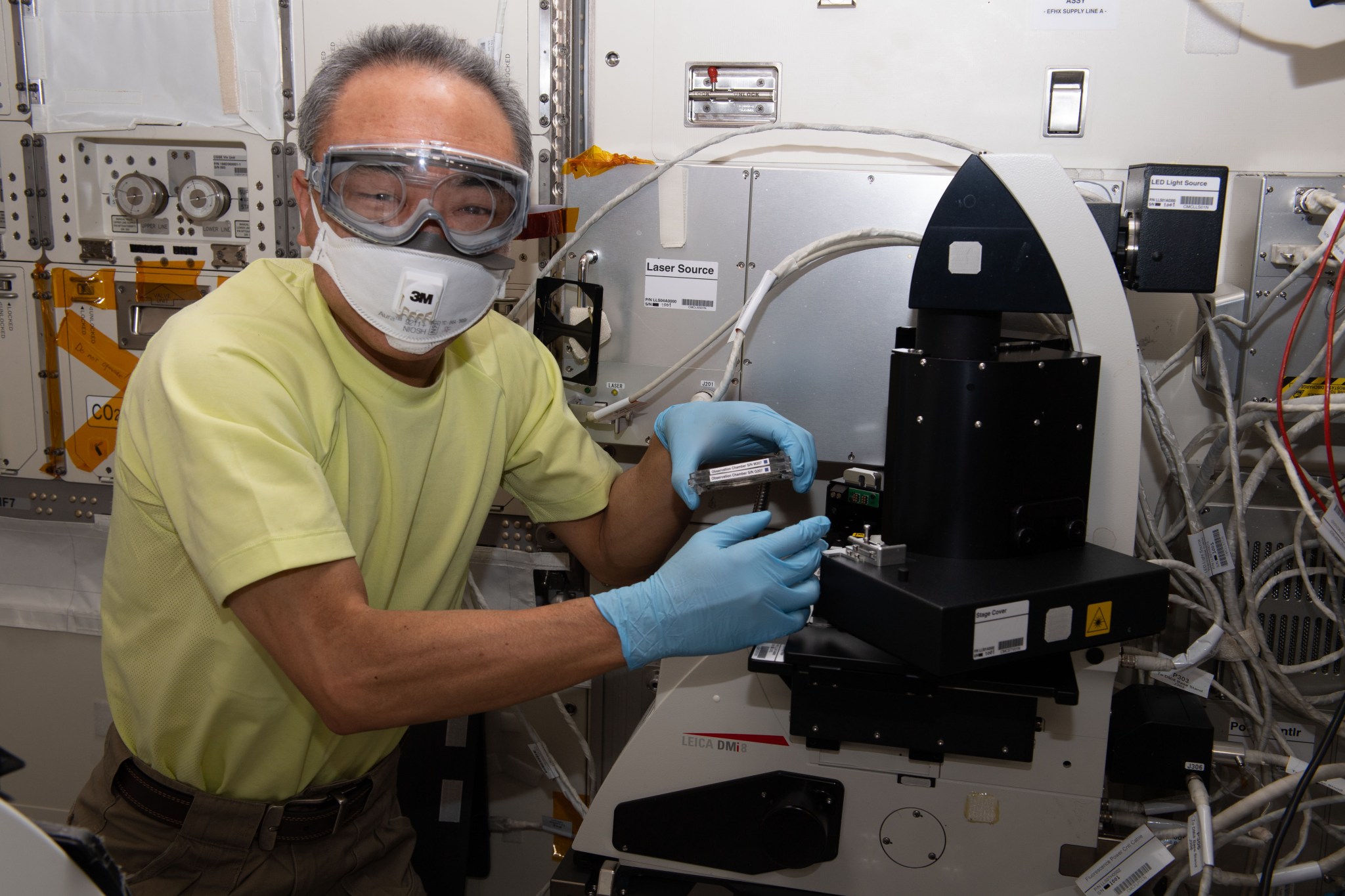
NASA
NASA astronaut Jasmin Moghbeli works in the BioFabrication Facility (BFF), which bioprints organ-like tissues in microgravity. During the Crew-7 mission, BFF-Cardiac tested bioprinting and processing cardiac tissue samples. This experiment could help to advance technology to support the development of biological patches to replace damaged tissues and potentially entire muscles.
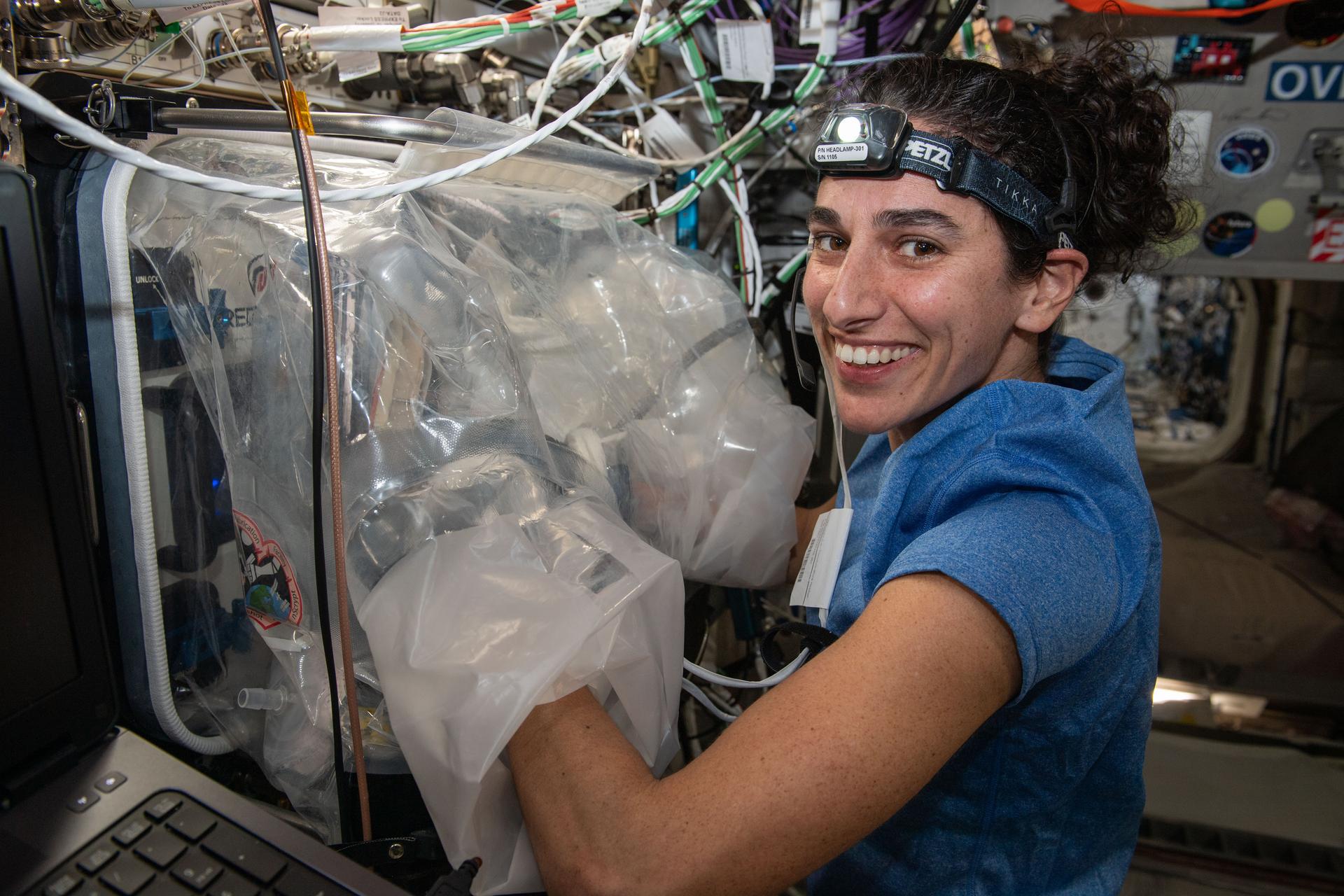
NASA
Special Delivery
Two commercial spacecraft visited during Crew-7’s time in space bringing critical science, hardware, and supplies to the station: SpaceX Dragon in November 2023 and Northop Grumman’s Cygnus in February 2024.
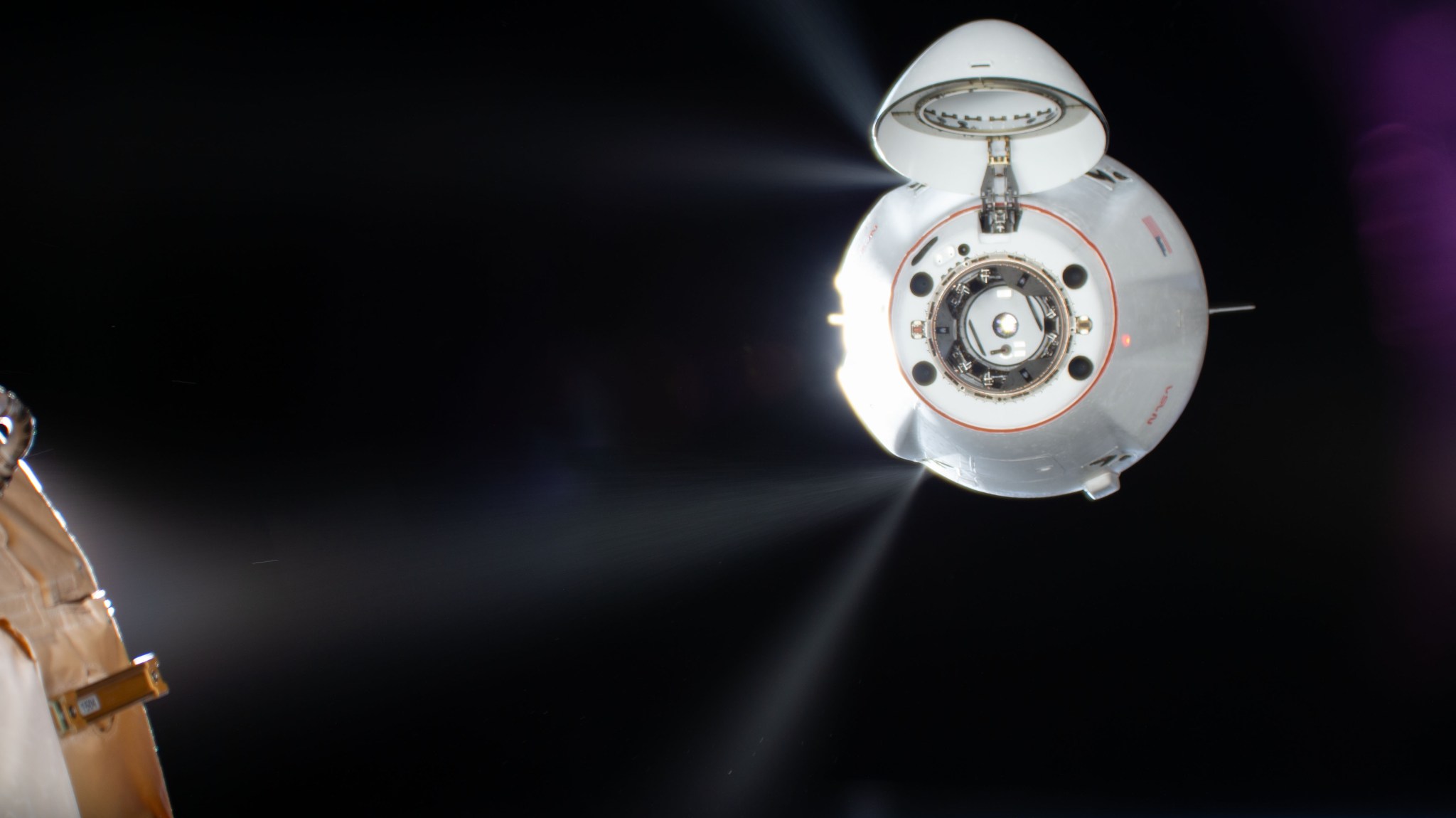
NASA
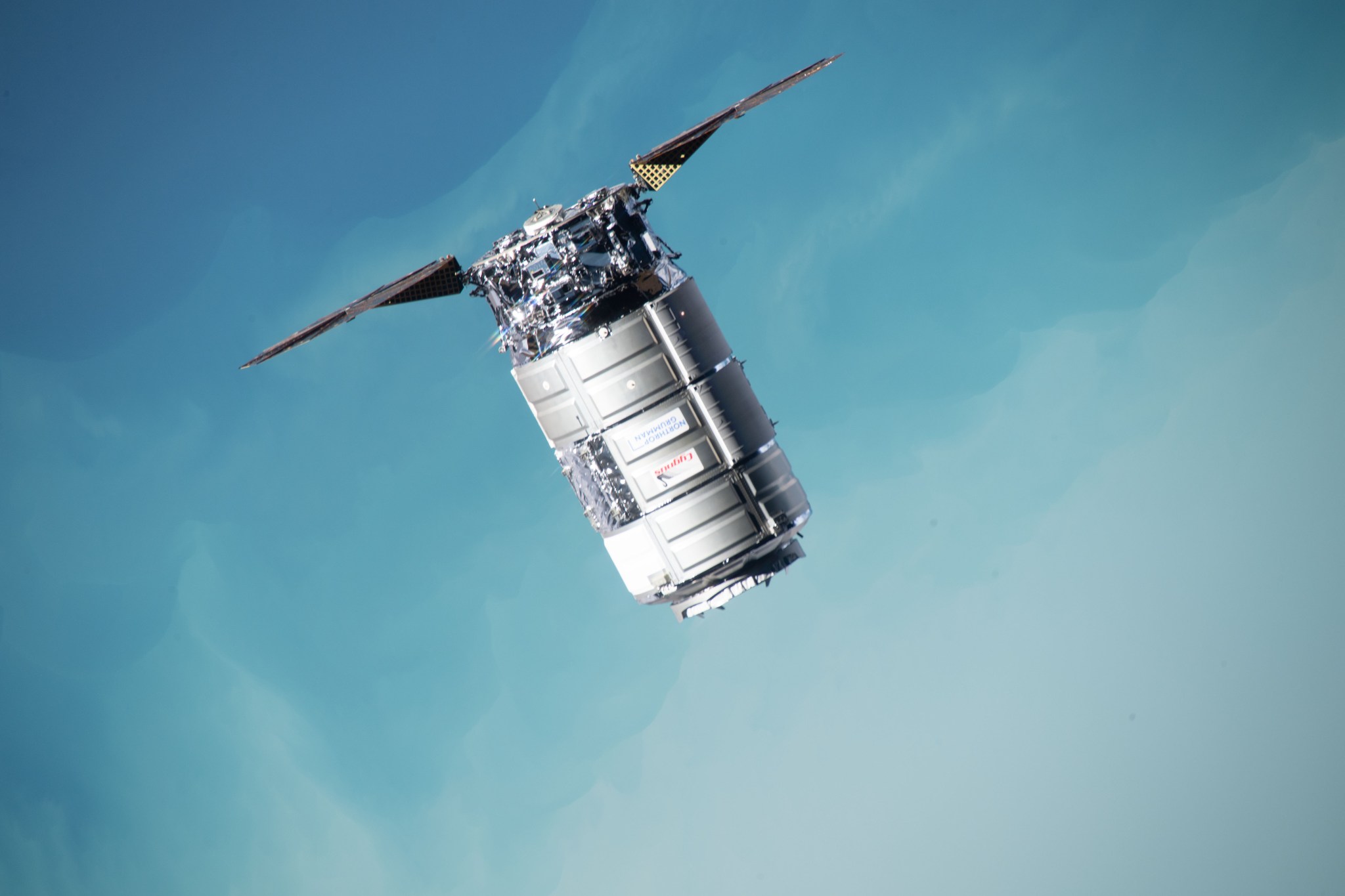
NASA
Andrea Lloyd
International Space Station Program Research Office
Johnson Space Center
Search this database of scientific experiments to learn more about those mentioned above.

